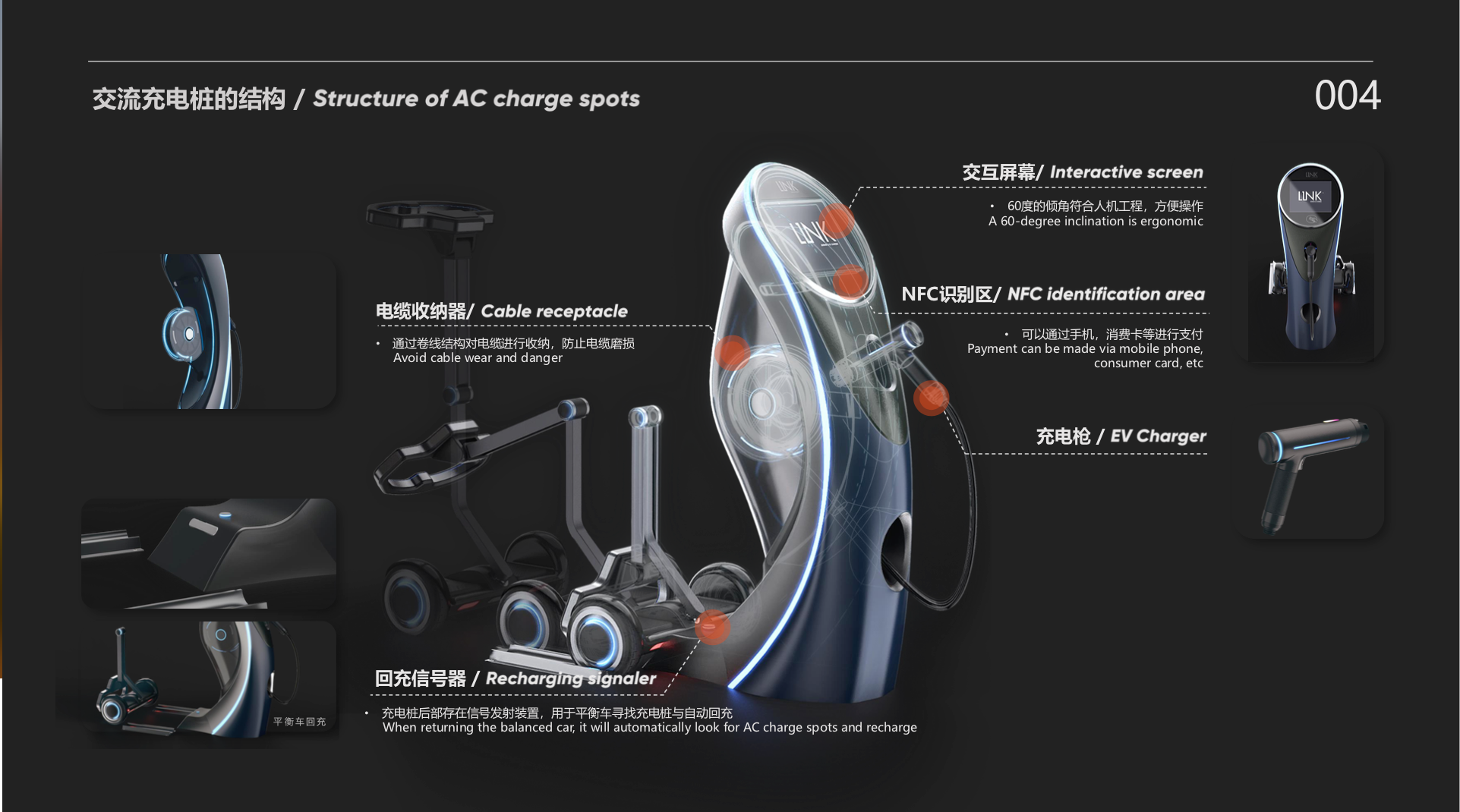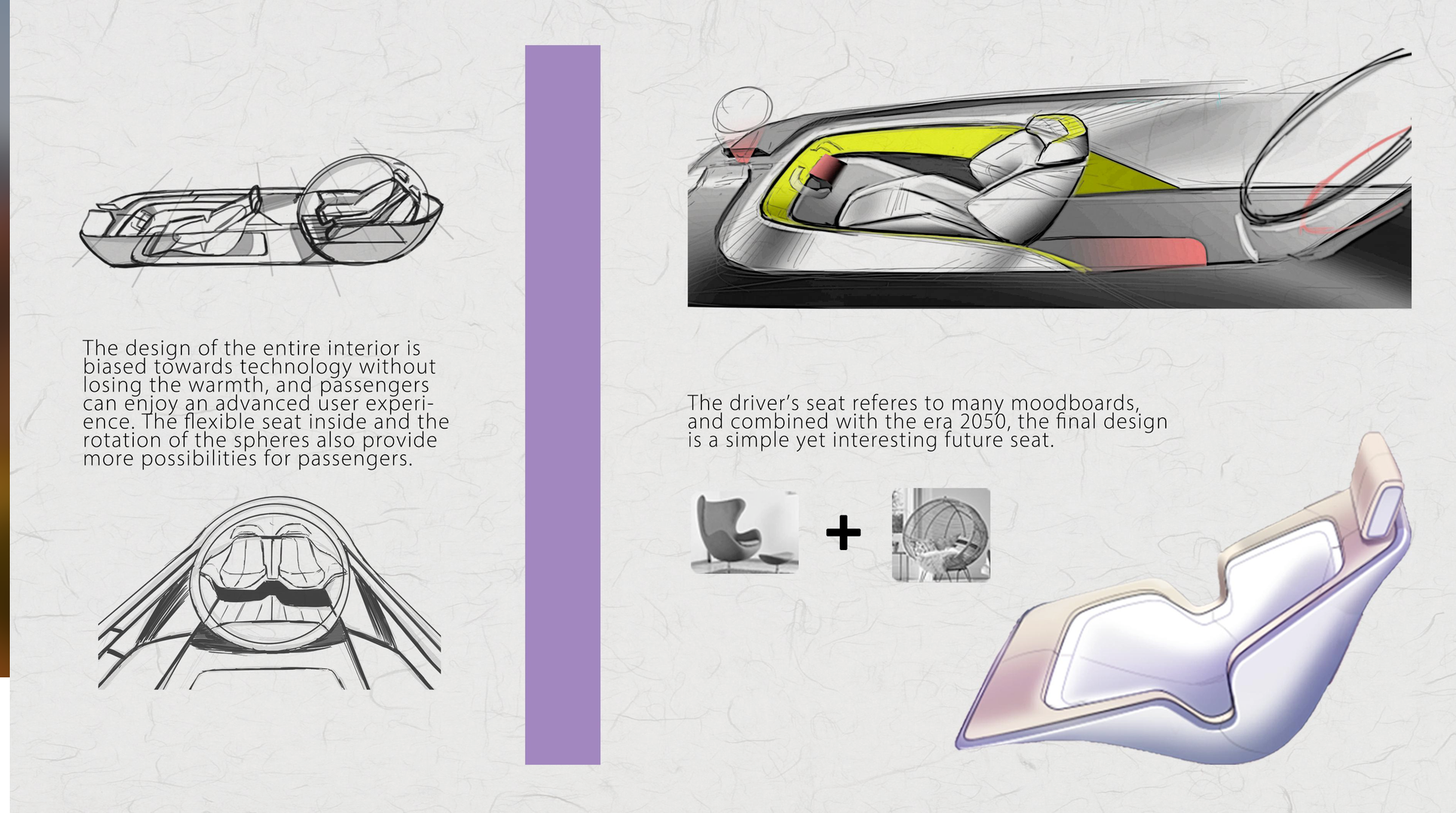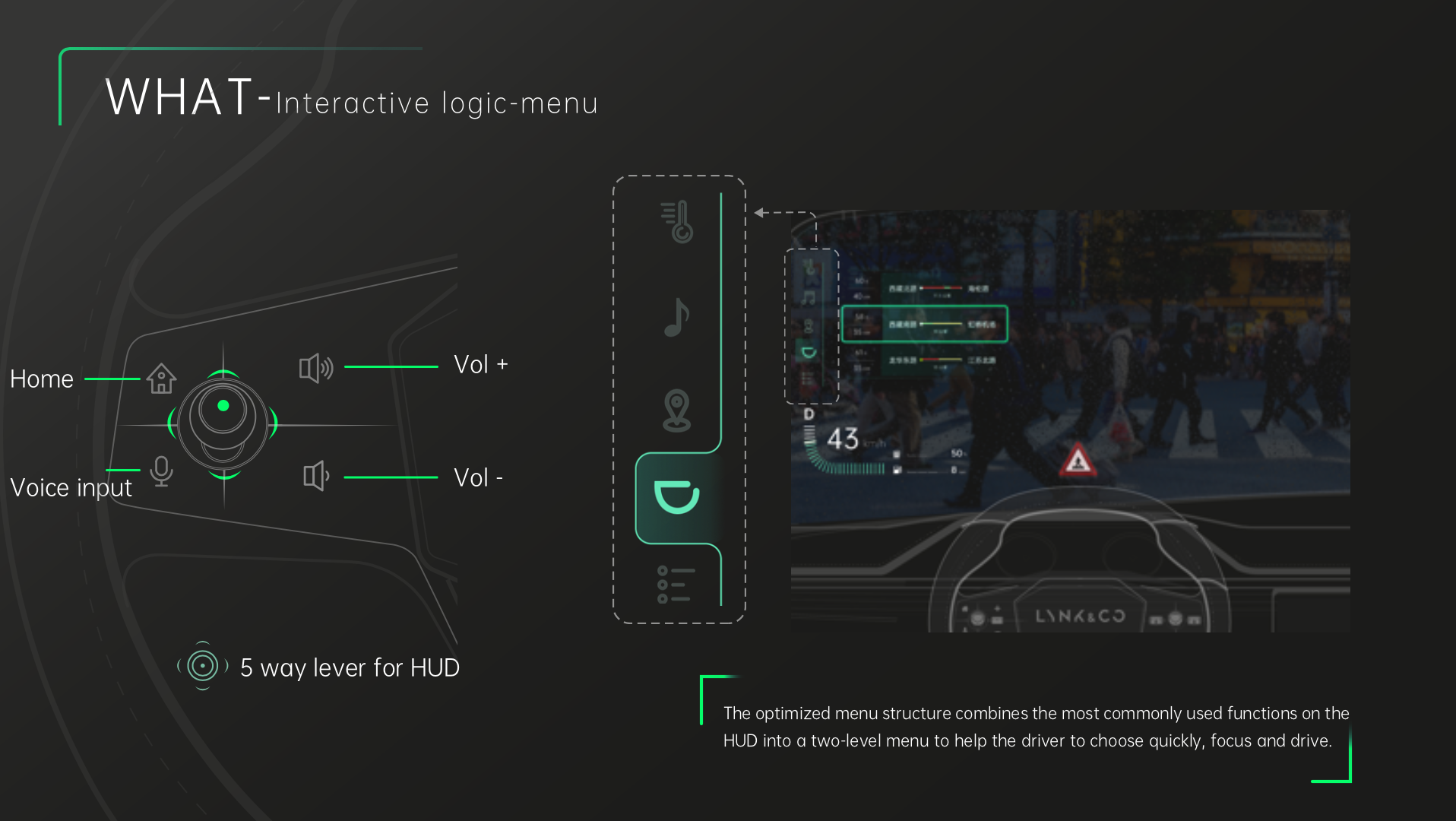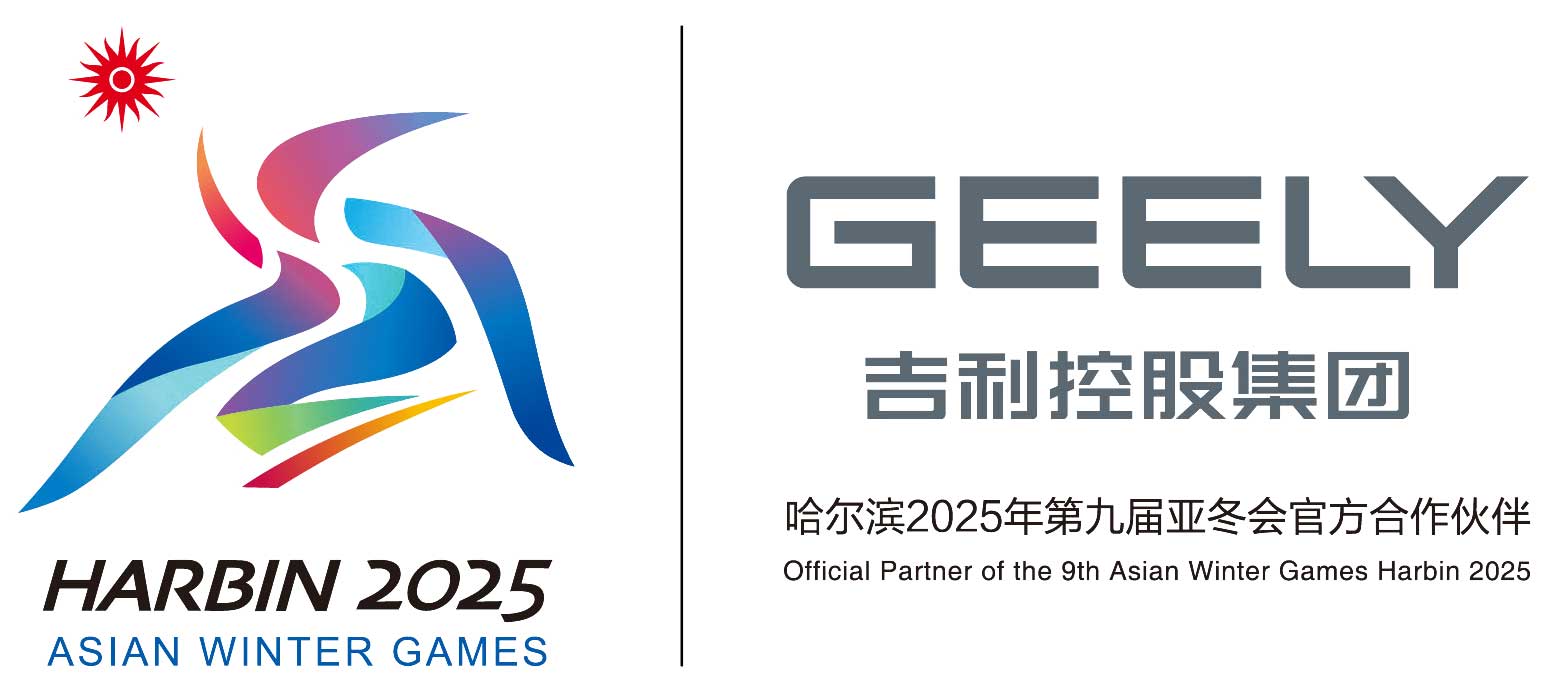What will future innovations in mobility look like? What problems will they solve? Lynk & Co’s innovation competition, held earlier this year, gave students a chance at sharing their sustainable mobility solutions. Here are the top entries.
Co:lab is Lynk & Co’s open innovation platform with the goal of developing ideas, solving problems and generally just making cool new stuff happen. This is where Lynk & Co’s community of developers, designers and creatives can hang out, submit ideas and help inspire the future of mobility. Feasible ideas are then further evaluated and may even be turned into reality.
In early 2020, Co:lab held a Global University Innovation Challenge with the theme of ‘Zero Hour’. The event gave young creatives a chance to contribute to the future of mobility by coming up with innovations related to sustainable solutions in mobility.
The competition saw nearly 300 submissions from 12 countries. Six online workshops were conducted by Lynk & Co for additional support to the participants, and the 20 best works were then opened for public voting. The five finalists were then judged by a panel of six experts who awarded the winner a prize of CNY20,000.

The winning submission improves application and usage of EV chargers.
This winning submission, from a team called Linked, aims to encourage the use of electric vehicles and is currently being assessed by the Geely Research Institute in Hangzhou Bay. Linked designed a comprehensive public EV charging facility utilising an improved AC charging structure, which can be easily installed in any public parking space. The key selling point, though, is hidden away within the station itself – a personal Segway-like transporter that the user may use while waiting for the car to be charged. Besides an appealing design that also doubles as an advertising space, the station is connected via an APP that provides users with real-time updates on the charging status of their vehicle.
Next, an entry from Chang & Shen tackles the dilemma of car sickness by offering physical as well as psychological solutions. The team suggests the use of hydroponics, such as that of mint and orchid grass, to clean and improve the air conditions within the cabin, whilst providing occupants with a calming, nature-friendly ambience. In addition, the windows will be designed to display the cabin’s oxygen and anion content, further reassuring occupants of the cabin’s excellent air quality.

T-Chen’s design focuses on the comfort of occupants.
T-Chen submitted an idea for an aircraft that utilises magnetic levitation (Maglev) technology as an alternative for clean, new energy. The vehicle relies on magnetic poles that can be automatically adjusted according to the road surface, but should there be traffic, a set of thrusters with downward jet propulsion lift the aircraft into the air. The aircraft’s overall design embodies speed whilst drawing inspiration from science-fiction films and Japanese anime. Inside, occupants will find the highest degree of comfort.

Intersection’s Augmented Reality HUD.
Another team called Intersection prioritises safety by condensing important information, including basic vehicle and driving information as well as road conditions, and projects them onto the car’s HUD (heads-up-display) using Augmented Reality. The idea is to eliminate existing HUD limitations, giving drivers a more optimised and personalised driving experience by providing them with the safety and navigation information which is important to them.

The mobile sales space of Z&D.
Finally, Z&D designed the concept for an autonomous vehicle that functions as a mobile sales space: the back portion of the vehicle opens up to facilitate the display and selling of food or goods and depending on the individual design, may even accommodate dining. Imagine a food truck but with a self-cleaning function and futuristic design that can also be uniquely designed to provide any type of goods or service.
Holding a competition likes this give Lynk & Co a chance to hear the ideas of the future, today. At the same time, the entrees, from the next generation of developers and designers, have a chance to receive valuable, constructive feedback about their ideas from industry leaders, who can approach their ideas with practicality and value to product in mind. This year, the designs that were created give great insight into the direction of mobility in the future. Now, it is up to us to make these designs reality.


